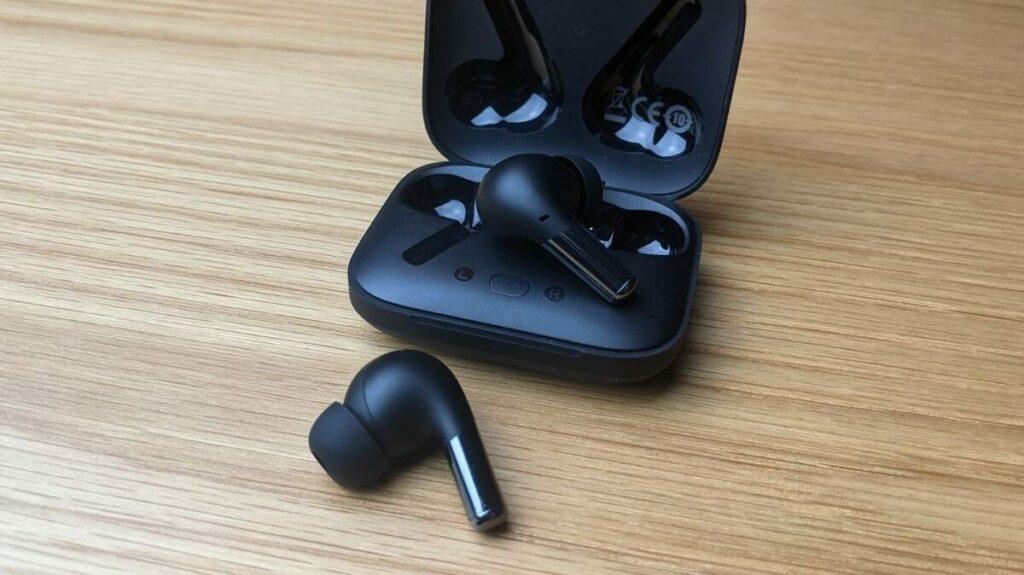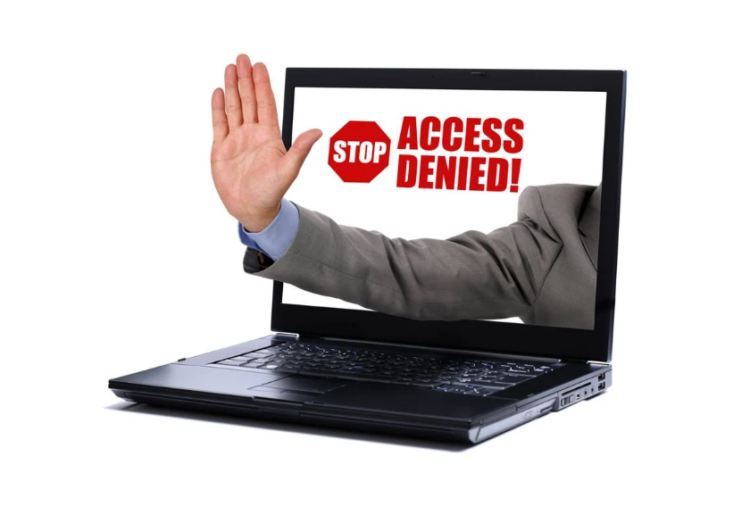The idea that homeownership is a path to wealth has been behind U.S. housing policies for more than 50 years, and the effort to increase the rate of homeownership has failed miserably, according to the American Enterprise Institute (AEI).
Homes, particularly lower-priced homes, are a highly volatile asset that are even more volatile when combined with risky loan terms and the slow amortization of a 30-year loan, according to the AEI. The group has come up with a loan called a wealth-building home loan that it says will do what homeownership is meant to do: build wealth.AEI
Called WBHL for short, the loan is aimed at low- to moderate-income households. It's a fixed-rate loan for 15 years that doesn't require a down payment. The monthly payment is almost as low as a 30-year, fixed rate, according to the AEI, while allowing borrowers to build equity in their homes faster.
Maximum purchase prices are set by lenders, such as $417,000 for a single-family home in Washington, D.C.
Borrowers must show full documentation of their income, assets and debt. Their income must support the monthly housing payment they're seeking, including principal, interest, taxes, insurance and any homeowner association fees.
A budget and bank statements for the past three to six months must be provided, along with a payment and cash flow history for the past one to two years, and they must show income stability.
How WBHL works
Instead of a down payment, money that would typically be used for a down payment is used to buy down the loan rate, says Edward Pinto, co-director and chief risk officer of the International Center on Housing Risk at the AEI.
Using 3 percent of the purchase price, for example, would buy down the rate on the 15-year loan by 1.25 to 1.5 percent to a rate of 1.75 percent for the first seven years of the loan, Pinto says. After that, the interest rate increases to 5 percent.
That payment shock after seven years is fine if the owners sell the house. But even if they don't, their monthly payment won't go up too much, Pinto says.
"Homebuyers would build up equity much, much faster than with a 30-year loan," he says.
Loan examples
He offers an example of a $100,000 WBHL, with a monthly mortgage of $632 for the first seven years, and $716 monthly for the last eight years. Of that $716 payment, 70 percent, or $480, goes toward the principal. The monthly mortgage for a 30-year loan would only be $140 less, Pinto says.
By paying more toward principal over 15 years, instead of a 30-year loan, they'll build equity faster. Using the example above, the owner would have $47,000 equity after even years, Pinto says, factoring in selling costs and 2 percent appreciation in the home's value. The same homeowner with a 30-year loan would only have $18,000 in equity, he says.
AEI offers another example, comparing a WBHL to an FHA, 30-year loan with 5 percent down on a $150,000 home.
The WBHL would build $8,662 in equity in the first year, compared to $2,447 for the FHA loan. The WBHL equity would grow in the second year to $17,499 (vs. $4,999 for FHA) and to $26,515 (vs. $7,663 for FHA) in year three.
Other benefits
If your goal in buying a home is to own it sooner instead of later, and thus not have to make mortgage payments anymore, then a WBHL can make sense. "A 30-year loan is just too slow" to own a home, Pinto says.
The WBHL can also be an incentive to not buy more home than you can afford because you'll have higher monthly payments over 15 years. And by building more equity immediately and owning your home sooner, you can free up more money to fund retirement or pay for your children's college education, Pinto says.
"You've got to break this cycle at some point," he says. "The need to save for retirement and education is important, and it's just as important as buying a home."
The U.S. homeownership rate has been stagnant since it was at 61.9 percent in 1960, and is declining from the current 64.7 percent, the AEI says.
By giving homeowners more equity faster, they'll have more of a stake in their homes and will be less likely to foreclose or be part of a short sale, Pinto says. It should also help prevent borrowers from buying homes they can't afford, he says, because they'll have more equity and more of a stake in their homes.
"Right now the most important thing that's looked at is buy the biggest house you can, and damn everything else," Pinto says.
Offered in few areas
The downside to WBHL is that it's so far only offered by three lenders, though others are expected to join soon.
The Neighborhood Assistance Corporation of America, which joined AEI to formulate the loans, is working with Bank of America and Citibank to offer it at its 37 offices around the country. Androscoggin Bank in Maine also offers it.
WBHL is less likely to take hold in San Francisco and Boston, for example, or other areas where housing prices are high. But in large parts of the country where homes are affordable, such a loan can make sense, Pinto says.
"It's not for everyone," he says. "Not everyone is going to get it."





